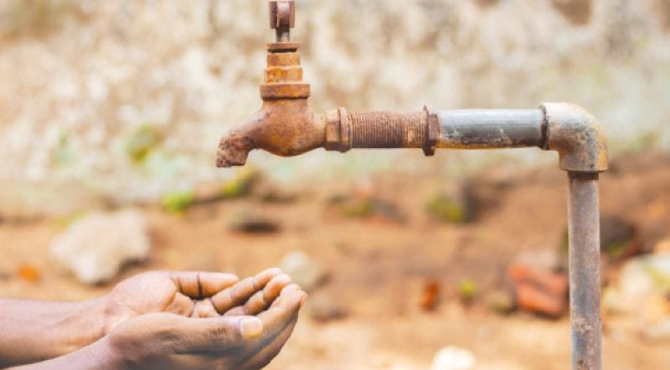Web Desk (National Times) – MIT researchers have developed a new material that’s as strong as steel but as light as plastic.
It can be easily manufactured in large quantities, and the use cases range from lightweight coatings for cars and phones to building blocks for massive structures such as bridges, according to Michael Strano, the Carbon P. Dubbs Professor of Chemical Engineering at MIT and the senior author of a new study.
“We don’t usually think of plastics as being something that you could use to support a building, but with this material, you can enable new things,” he said in a statement from MIT. “It has very unusual properties and we’re very excited about that.”
The material is several times stronger than bulletproof glass, and the amount of force needed to break it is twice that of steel, despite the fact that the material has only about one-sixth the density of steel, according to MIT.
The researchers were able to do this by developing a new process to form polymers. Plastics are an example of polymers, along with rubber and glass.
The researchers wanted to see whether they could create a two-dimensional version of a polymer that could remain flat, thus making it lightweight. They tried for decades to create such a material, and the new process they developed was published in peer-reviewed journal Nature last week.
Polymers are essentially chains of individual molecules, called monomers, linked together by chemical bonds. Normally, when polymers are formed, they expand into three-dimensional objects, like how a sheet cake rises as it bakes in an oven. The challenge is if even one monomer begins to rotate, the polymer becomes three-dimensional.
For example, imagine if you wanted to line up children and pack a bunch of them in an auditorium by having them link arms. However, if even one of the children choose to be unruly and shift around, it would be impossible to maintain order.
The key came from building a process that could allow the monomers to link up and grow into a polymer chain without causing any one of the monomers to stray. If you could build several two-dimensional polymers, you could layer them like disks and stack a bunch of them together in a tight space, similar to how you could pack lines of children into an auditorium, if they’re well-behaved.



















